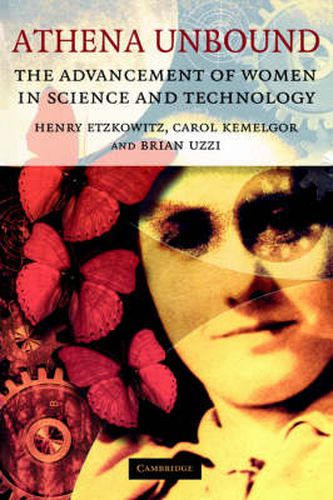Readings Newsletter
Become a Readings Member to make your shopping experience even easier.
Sign in or sign up for free!
You’re not far away from qualifying for FREE standard shipping within Australia
You’ve qualified for FREE standard shipping within Australia
The cart is loading…






Why are there so few women scientists? Persisting differences between women’s and men’s experiences in science make this question as relevant today as it ever was. This book sets out to answer this question, and to propose solutions for the future. Based on extensive research, it emphasizes that science is an intensely social activity. Despite the scientific ethos of universalism and inclusion, scientists and their institutions are not immune to the prejudices of society as a whole. By presenting women’s experiences at all key career stages - from childhood to retirement - the authors reveal the hidden barriers, subtle exclusions and unwritten rules of the scientific workplace, and the effects, both professional and personal, that these have on the female scientist. This important book should be read by all scientists - both male and female - and sociologists, as well as women thinking of embarking on a scientific career.
$9.00 standard shipping within Australia
FREE standard shipping within Australia for orders over $100.00
Express & International shipping calculated at checkout
Why are there so few women scientists? Persisting differences between women’s and men’s experiences in science make this question as relevant today as it ever was. This book sets out to answer this question, and to propose solutions for the future. Based on extensive research, it emphasizes that science is an intensely social activity. Despite the scientific ethos of universalism and inclusion, scientists and their institutions are not immune to the prejudices of society as a whole. By presenting women’s experiences at all key career stages - from childhood to retirement - the authors reveal the hidden barriers, subtle exclusions and unwritten rules of the scientific workplace, and the effects, both professional and personal, that these have on the female scientist. This important book should be read by all scientists - both male and female - and sociologists, as well as women thinking of embarking on a scientific career.